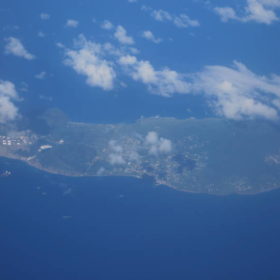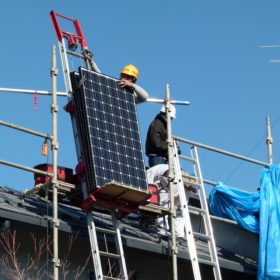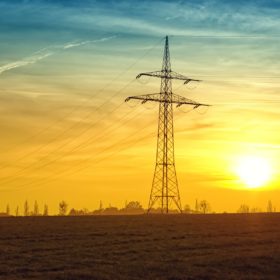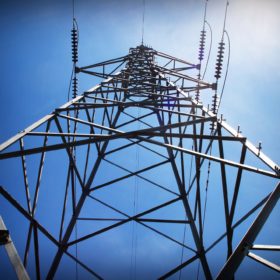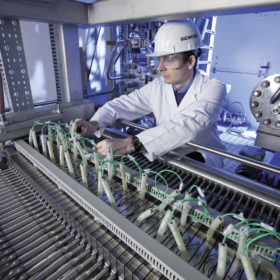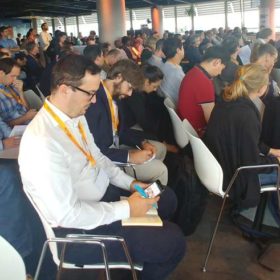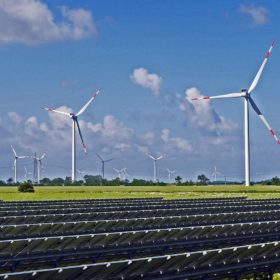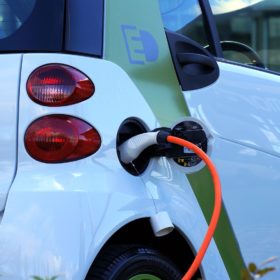Solar power met 45% of demand on Caribbean island of St Eustatius last year
The Netherlands-administered Caribbean island last year saw almost half its power demand provided by a 4.1 MW solar-plus-storage plant, commissioned in late 2017. The facility generated 6.5 million kWh of the 14.3 million kWh of electricity consumed in the territory in 2018.
Commercial rooftops will lead renewables growth in the next five years
Although the International Energy Agency’s latest renewables report forecasts impressive solar growth there is still a nagging feeling it has produced conservative estimates and the emphasis on sharing costs with grid operators is predictable.
Tennet invests another €235 million to integrate renewables
Dutch transmission system operator Tennet, which also serves Germany, said the investment will be used to connect around 2 GW of renewables generation capacity to the high-voltage transmission system of the northern Netherlands.
A new generation of nano-architected, 3D solar cells
A group of scientists at Netherlands based research institute AMOLF have discovered a method for electrochemical printing at the nanoscale. With further optimizations, the group theorizes, the technique could allow for the development of new, three dimensional solar cells.
US corporate clean energy procurement platform opens in Europe
LevelTen claims its online platform offers small companies the chance to band together to buy green energy and connects renewable energy producers and consumers in such an effective manner it has already driven $1 billion of green energy supply in its homeland.
The slow, inexorable rise of green hydrogen
The International Renewable Energy Association says the integration of hydrogen into the energy transition will not happen overnight and electrolysis costs will not be halved until the 2040s. That hydrogen and related products could revolutionize the world energy landscape, however, is not in doubt.
Deal signed for 110 MW Netherlands solar park
An estimated output of 104 GWh of clean energy per year from the second half of 2020 is not the only benefit the Vlagtwedde Solar Farm will bring. There will also be an awful lot of blueberries.
A common language for bifacial PV
This week pv magazine was in Amsterdam for the sixth edition of the BifiPV workshop, where the discussion focused on the impressive achievements made by bifacial solar modules and the challenges the technology faces as it moves toward mainstream adoption.
Dutch government seeks to privatize Tennet
Tennet needs more than €4.75 billion to invest in cross-border grid infrastructure between Germany and the Netherlands, as rising volumes of solar and wind are complicating network operations, said Dutch Finance Minister Wopke Hoekstra in a recent letter to the Dutch parliament, adding that the government may need to privatize the state-owned transmission system operator or sell off a stake in it.
Dutch government treats 21 municipalities to smart EV chargers
Vehicle-to-grid functions could soon become increasingly important. While policymakers discuss the necessary regulations in other nations, the Netherlands government is motoring ahead with the technology.
